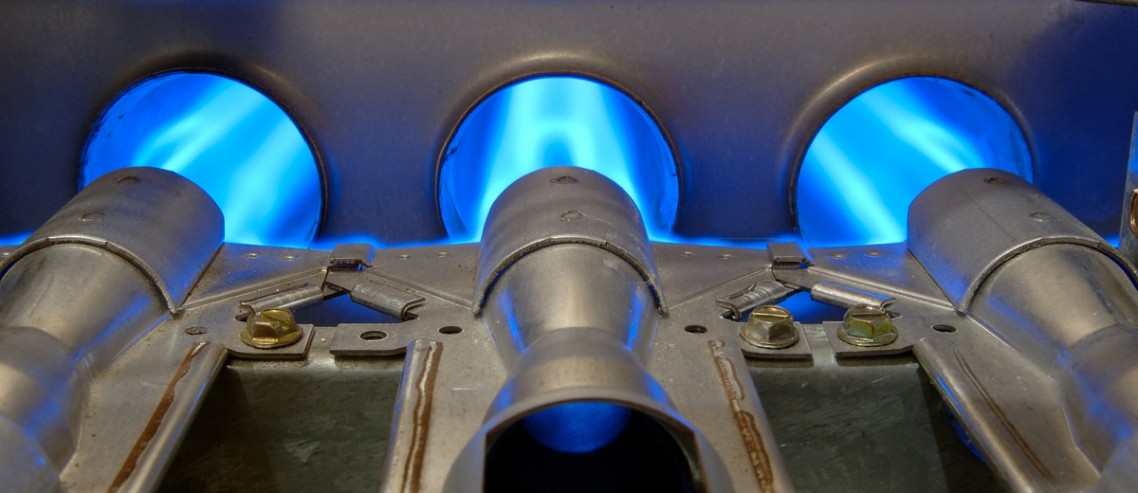Tips for Preventing Costly Furnace Problems
Many homeowners tend to completely forget about their furnaces until the weather starts to turn cold again. Once that first chilly night hits, they flip on the heat and… nothing.
Now they have to wait for a technician to come out, and since plenty of other people in the area are likely in the same boat, the technician will make them wait for days or even weeks. Add to the fact that to make the repairs the HVAC technician must sometimes order a part, which may also take several days.
To avoid getting literally left in the cold and hiding under piles of blankets on top of ordering $600 or more in parts, you can simply perform checkups throughout the year. Here are the steps a homeowner should take to keep an eye on their furnace and make sure it can get nice and toasty the first night it is needed:
Check the Filters
Many homes have two air filters: one in the central intake, usually near the thermostat, and another located somewhere inside the furnace near the blower component. Both filters (or just the one, if that is all you have) need to be changed regularly to keep dust from damaging valuable parts.
Over time, dust can build up and work its way into machine parts, sometimes causing overheating or even open flames. You should change your intake filter around once a month and the furnace filter every 1-3 months as needed to prevent this problem. You can tell the filter is dirty if you pull it out — while the equipment is turned off — and hold it up to the light. If you can see light, it should be fine, but if all you see are puffs of grey dust, then you need to replace the filter with a clean one of the same size and type.
Check the filter before you turn the system on for the winter and check it again every 4-6 weeks to monitor how full it gets. Filters are relatively cheap at $1-$4 apiece, so a simple procedure that can save you a $600 part or prevent damage is an excellent investment.
Spot Check the System
Once every month or so, eyeball your furnace or heating system to make sure nothing is out of the ordinary. Inspect the air intake coming from outside and the exhaust on your roof to ensure there are no leaves or frost built up around them. If you notice debris on the intake, shut the system off, clean off the component and turn it back on again. Problems on your chimney should be dealt with by a professional so you do not risk falling off your roof.
Make sure your freestanding furnace has at least 1-2 feet of clearance around it to promote air flow. Some furnaces are installed in closets or tight attics, though, so just make sure that you do not store anything directly against the furnace if there is little room as it is.
Give the System a Trial Run
Ideally, you want to know if your system works well before the cold sets in. Check your filter and the system as instructed above, then flip on the system and see how it heats. The flame elements can usually be seen through the side panel. It should be nice and even and blue. The system should not make any rattling noises or noises at all aside from the click of gas turning on and the sound of the forced air blower.
If your system is not coming on at all, make sure your thermostat is set correctly, your breaker switch for the unit is on and the gas (if you use gas) intake valve is open. The valve should be turned parallel to the pipe. There are sometimes two cutoff valves: one by the gas meter outside and one by the furnace.
If you notice anything out of the ordinary, give your local HVAC technician a call. Smelling gas or seeing abnormal flames in particular are bad signs. Although it sounds like something out of a scary movie, when a flame source fails to ignite and gas begins to leak, you should vacate the house immediately and call the fire department or gas company to shut the line off. Don’t worry yourself, though. These problems are not common. We just want homeowners to have a plan of action, just in case.
Arrange a Checkup
Even if your furnace passes the trial test with flying colors, a smart homeowner will have their system examined at least every two years. Arrange for a local HVAC expert to inspect your system, clean the elements from dust and take a look at your ducts to ensure that they are not dusty or leaky.
If you have not had your system inspected in who-knows-how-long, you should call as soon as possible. Having a technician come out before the busy season is the best way to have a yearly assurance that you and your family can be nice and cozy even when the thermometer drops below freezing.
Are you in the market for a new heating and air conditioning system? Click here to get free custom prices from reputable HVAC contractors. You’ll receive upfront pricing without having to invite a contractor to your home or even enter your contact information!
Related articles
How to Maintain Your Heating and Cooling System





Comments
Comments are disabled for this post